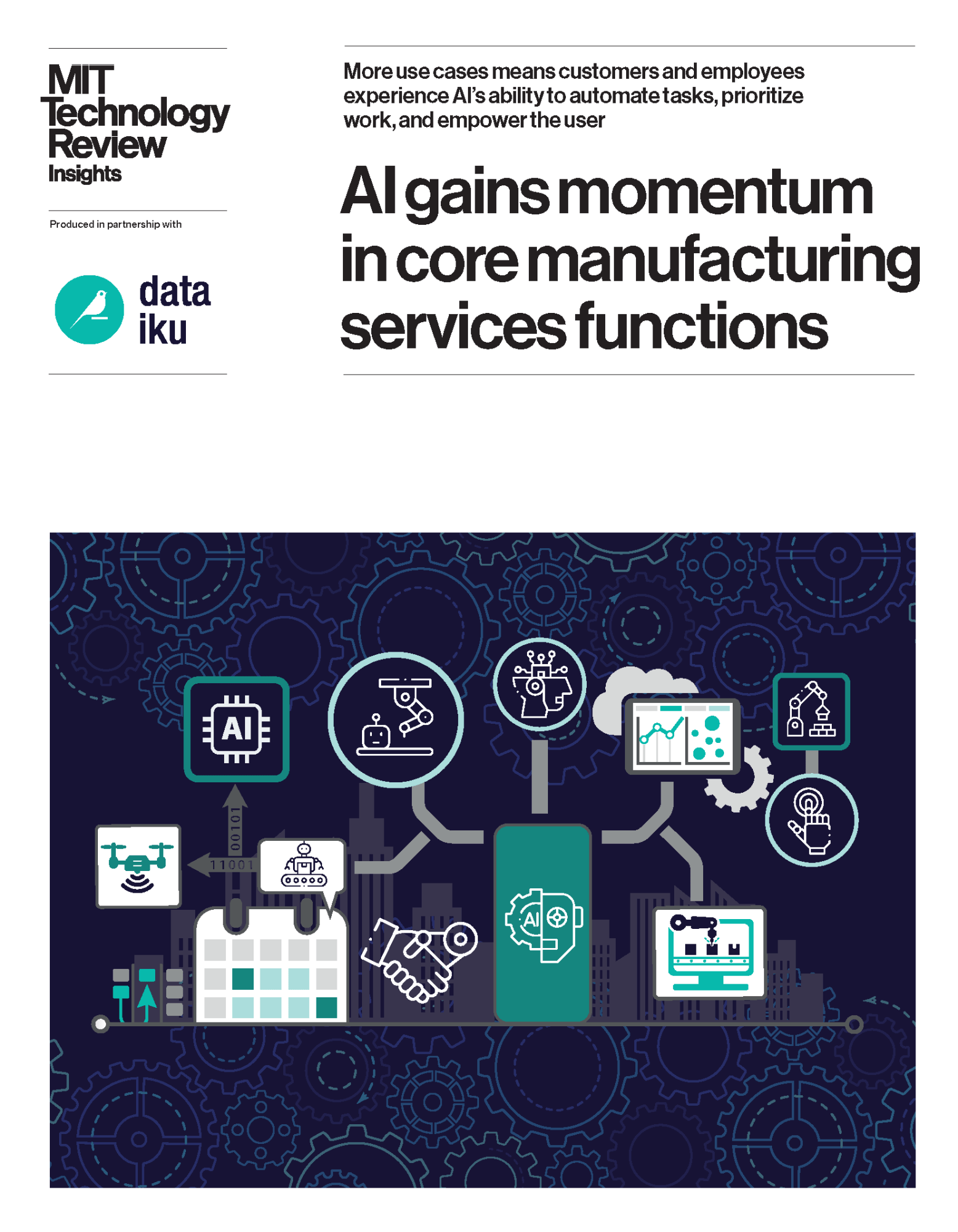The potential for AI systems to revolutionize manufacturing is discussed by Ritu Jyoti, global AI research lead at IDC. Windmill manufacturers have employed AI to improve their processes, using digital twins and machine learning to simulate and implement enhancements. The manufacturing sector is urged to embrace AI to enhance efficiency, safety, and sustainability. However, a study reveals that manufacturing lags behind other industries in terms of AI adoption.

How AI is Changing Manufacturing: Practical Solutions and Value
Shortening Processes and Improving Efficiency
Windmill manufacturers have embraced AI to improve their operations. Instead of spending weeks analyzing data from a functioning prototype, they now use a digital twin—a digital model of the windmill—to simulate improvements. This process, powered by machine learning (ML) and AI, has significantly shortened the time required. By adopting similar AI-driven solutions, manufacturing companies can streamline processes, fight downtime, and make their operations more efficient.
Innovative Approaches to Data Analysis
To overcome challenges in data collection, manufacturers are leveraging AI technologies like drones to acquire measurements and generate digital representations of their products. These digital twins enable manufacturers to analyze and optimize operations without the need for physically observing the prototypes. By harnessing AI and ML technologies, companies can process vast volumes of data to identify patterns, predict customer needs, and drive decision-making.
Collaboration between Business and Data Experts
The true potential of AI in manufacturing lies in the collaboration between business professionals and data experts. By leveraging data and AI tools, employees can gain insights that lead to actionable improvements in their processes. Manufacturers need to encourage workers to familiarize themselves with AI and use it on a daily basis. This will unlock the maximum benefits of AI adoption and drive continuous improvements in operational efficiency.
Speeding up AI Adoption in Manufacturing
Supply-chain disruptions and worker shortages have prompted the manufacturing sector to innovate and adapt. However, compared to other industries, manufacturing still lags behind in terms of AI adoption. Only 24% of manufacturing companies are at the exploration or experimentation stage, while the number is 19% for companies in other industries. To stay competitive and evolve, manufacturing companies must embrace AI and leverage its momentum to transform their core manufacturing services.
Practical Steps to Integrate AI
If you want to evolve your company with AI and stay competitive, follow these practical steps:
1. Identify Automation Opportunities: Locate customer interaction points that can benefit from AI, such as customer service or sales processes.
2. Define KPIs: Ensure that your AI endeavors have measurable impacts on business outcomes. Set key performance indicators (KPIs) to track progress.
3. Select an AI Solution: Choose AI tools that align with your needs and offer customization options. Consider solutions that automate customer engagement or enhance sales processes.
4. Implement Gradually: Start with a pilot project to gather data and test the effectiveness of AI. Gradually expand AI usage based on successful outcomes and lessons learned.
For expert advice on managing AI KPIs, connect with us at hello@itinai.com. Stay updated on leveraging AI by following our Telegram channel t.me/itinainews or on Twitter @itinaicom.
Spotlight on a Practical AI Solution: AI Sales Bot
Discover how AI can redefine your sales processes and customer engagement. Explore our AI Sales Bot, designed to automate customer engagement 24/7 and manage interactions across all stages of the customer journey. Visit itinai.com/aisalesbot to learn more.
List of Useful Links:
- AI Lab in Telegram @aiscrumbot – free consultation
- AI gains momentum in core manufacturing services functions
- Artificial intelligence – MIT Technology Review
- Twitter – @itinaicom




























